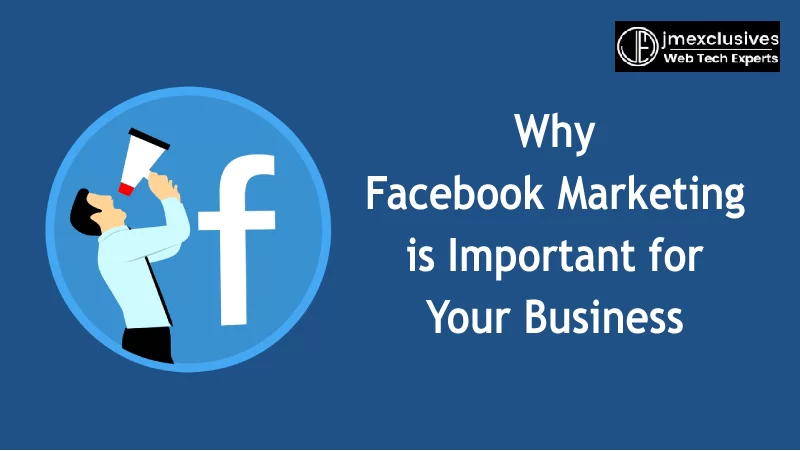Many B2B companies share common marketing and sales challenges, including the difficulty of finding new B2B customers. Another big challenge is that our increased use of social media and digital channels means that customers aren’t as dependent on talking to a supplier, as they have the opportunity to obtain information and solutions to their problems and challenges on their own.
B2B client acquisition can be a more difficult task than B2C. B2B Sales cycles tend to be longer because more people are involved in making the decision. In fact, an average of six to ten people are involved in a B2B buying cycle. Below, we share five fool-proof methods and strategies to help you find new B2B customers effectively.
1. Leverage the Power of LinkedIn
Although it might have not crossed your mind before, LinkedIn can be a powerful tool for B2B lead generation and marketing. If you have never used LinkedIn before to find customers and make sales, it may seem like a time-consuming and daunting prospect; however, it’s quite the contrary.
To generate LinkedIn B2B Sales leads, make sure to provide unique value propositions and tailored experiences that suit the needs of your clients. LinkedIn provides a unique opportunity to combine sales and marketing efforts into a digital experience for customers. You can, for example, enhance your brand by using events and influencers while connecting with sales through message funnels and building a network of sales specialists.
LinkedIn also offers a number of features that help sales professionals stay on top of their competition. You can, for example, see who has visited your profile, get insights into customer behavior, and track key metrics. LinkedIn automation tools can be used to optimize your lead generation and streamline sales processes.
2. Increase Your Visibility On Google
Increased visibility on Google should be a cornerstone of digital marketing for most businesses. The amazing thing about this is that you get the opportunity to expose your website effortlessly, and thereby promote your business, products, and services right when a potential customer might be looking for answers to questions you can provide them with.
Simply put, you can use two ways to boost your visibility on Google. One way is by developing a solid search engine optimization strategy, where you work with different approaches to improve your website’s position in search results pages.
The second method is simply by advertising on Google when there are searches made for terms relevant to your brand, products, and services. You can execute this by using Google’s advertising tool, known as Google Ads.
3. Build Relationships Using Social Media
When used correctly, social media can be an extremely powerful tool. It can help drive traffic to your website, and give your brand a personality. This will, in turn, strengthen your connection with your audience.
One way to effectively use social media is to engage your customers by responding to their comments and questions. You should also be using different strategies to keep your social media calendar diverse and robust.
Videos of your employees working, participating in team-building activities, or attending conferences can also be used to promote your business. You can create visuals to share statistics and industry knowledge with your social media followers. Make sure to keep your social media presence consistent by posting regularly and having someone available to answer questions or comments from followers.
4. Direct Mail Can Help You Stand Out
Direct mail may still be an effective strategy for businesses, especially if you want to impress a particular lead.
What better way to make yourself stand out than by sending personalized emails to your best prospects? Your competitors might be sending out impersonal emails to remarket their products or services, but you will leave a better impression by sending a brochure, postcard, gift, etc.
5. Phone Prospecting
Phone Prospecting, or cold calling, has been a part of business sales techniques for many years. Cold calling used to be the best way to reach out to potential clients, but it has fallen out of favor with many businesses.
Cold prospecting is not the only thing that’s fallen out of fashion. Many salespeople have stopped using this technique since the advent of the internet, and many salespeople look at it as a time-consuming activity compared to digital marketing. But don’t abandon the idea of using phone prospecting. Unlike in B2C, phone prospecting can work great in B2B.
Most leads want to talk to a person as one of the most important aspects of a client’s experience is being able to ask questions and receive answers in real-time.
Final Thoughts
If you’re looking for ways to refresh your B2B marketing efforts and capture the interest of potential B2B customers, simply follow these tips. With a little strategy and dedication, you’ll soon be attracting brand-new B2B clients and expanding your business.
Get Free Updates
Notice: All content on this website including text, graphics, images, and other material is intended for general information only. Thus, this content does not apply to any specific context or condition. It is not a substitute for any licensed professional work. Be that as it may, please feel free to collaborate with us through blog posting or link placement partnership to showcase brand, business, or product.



